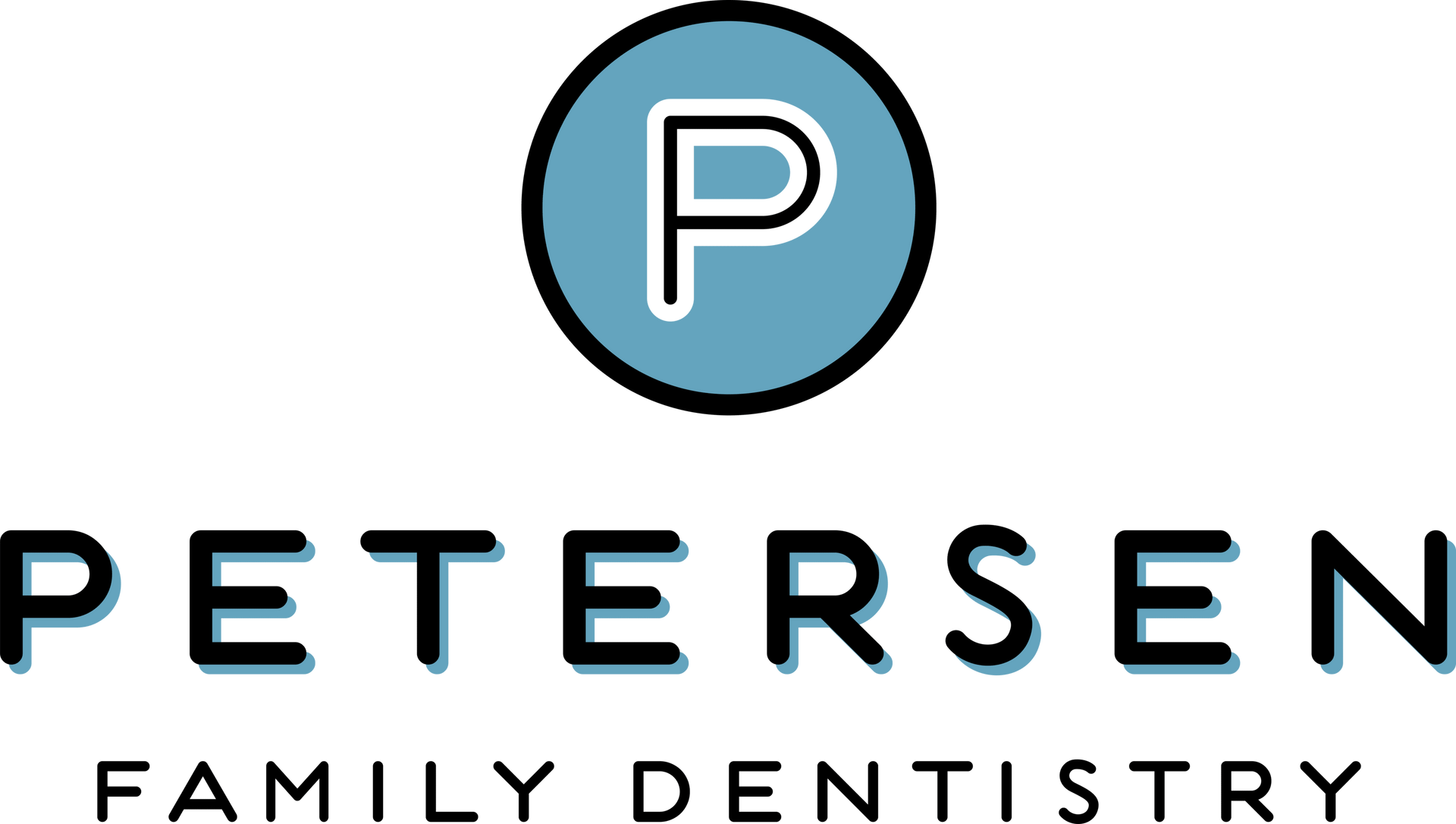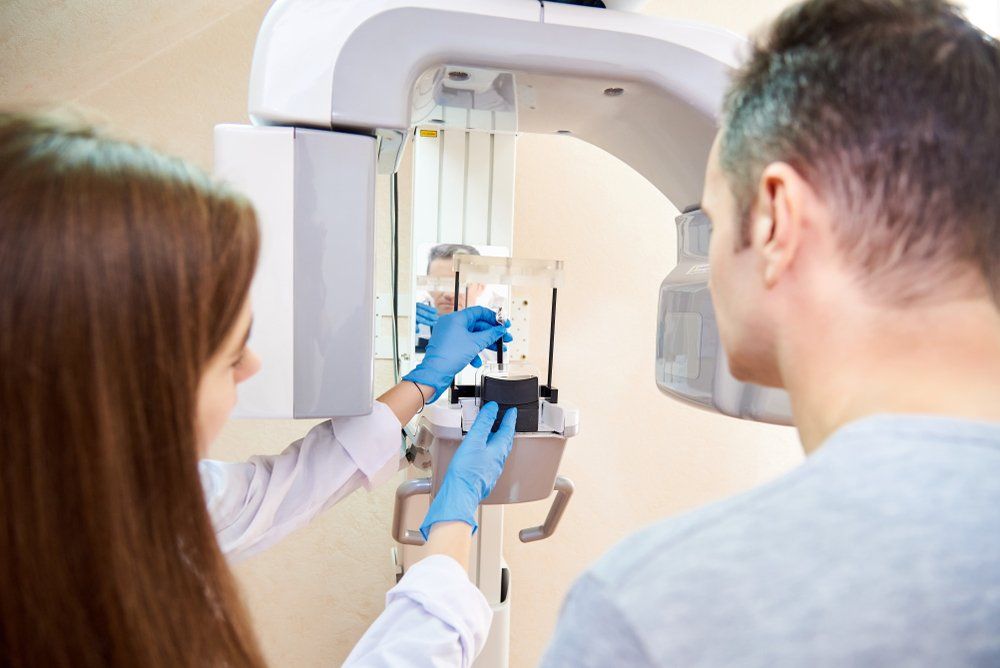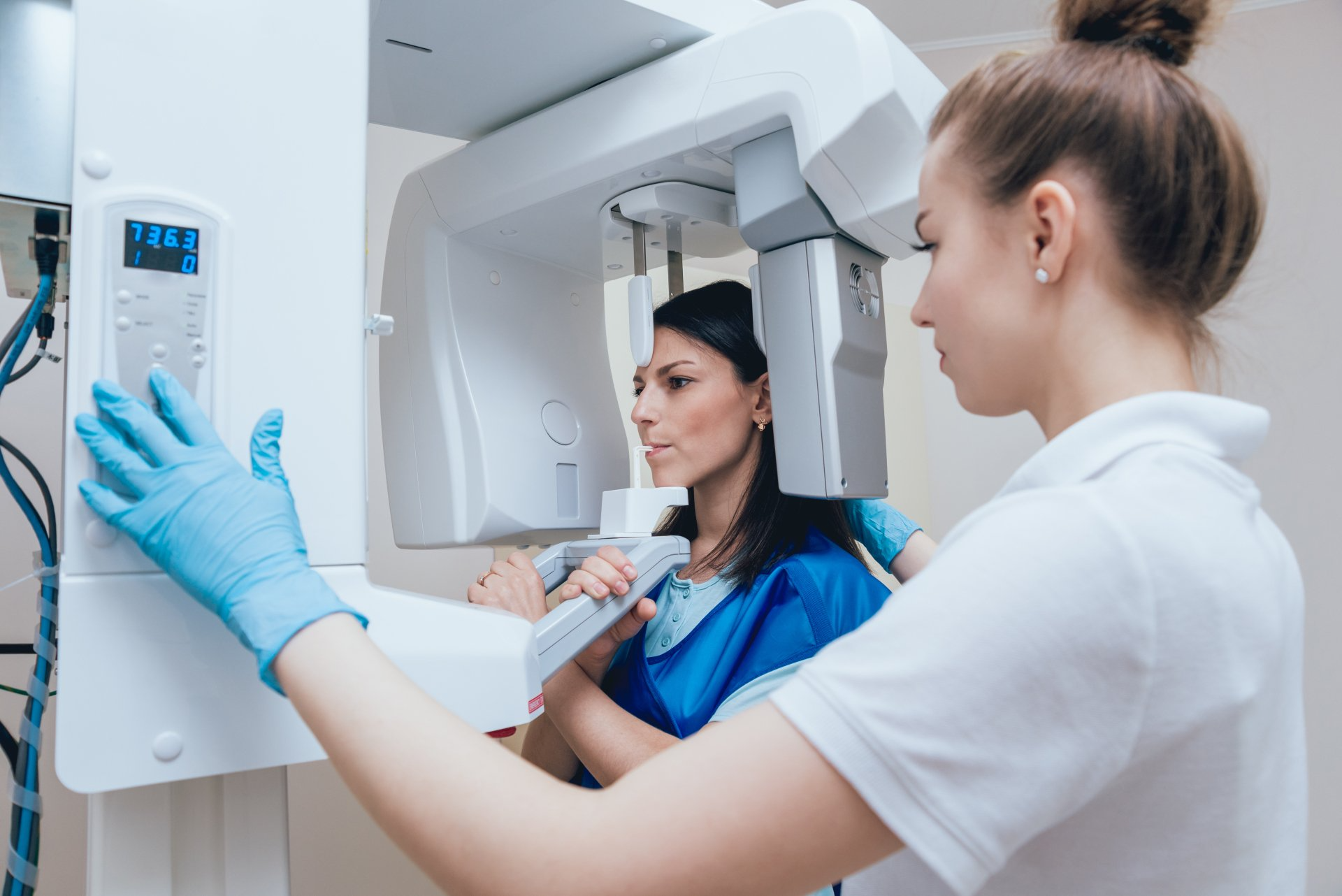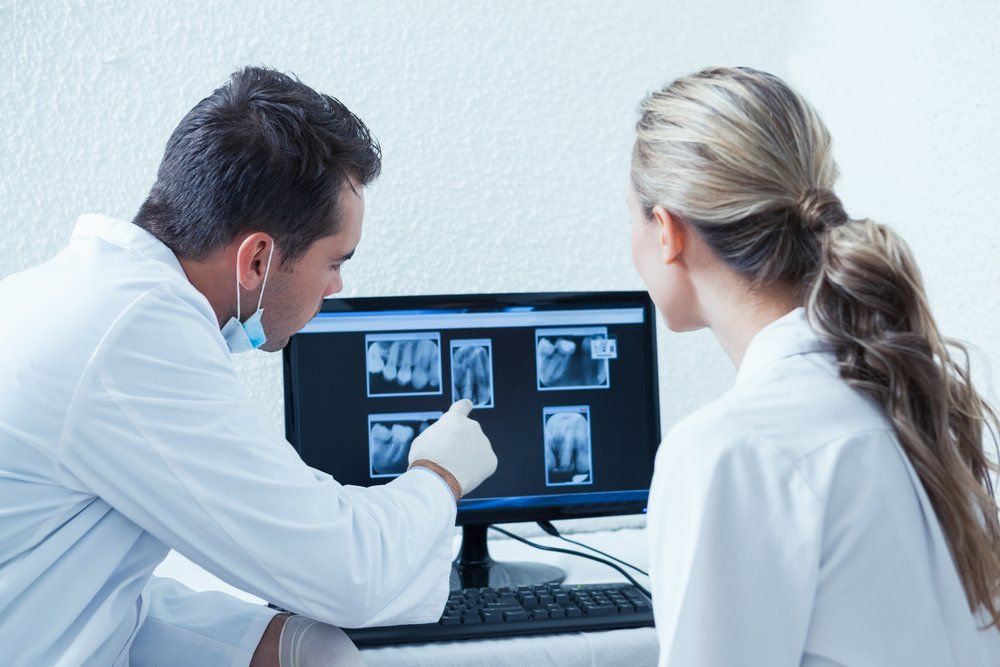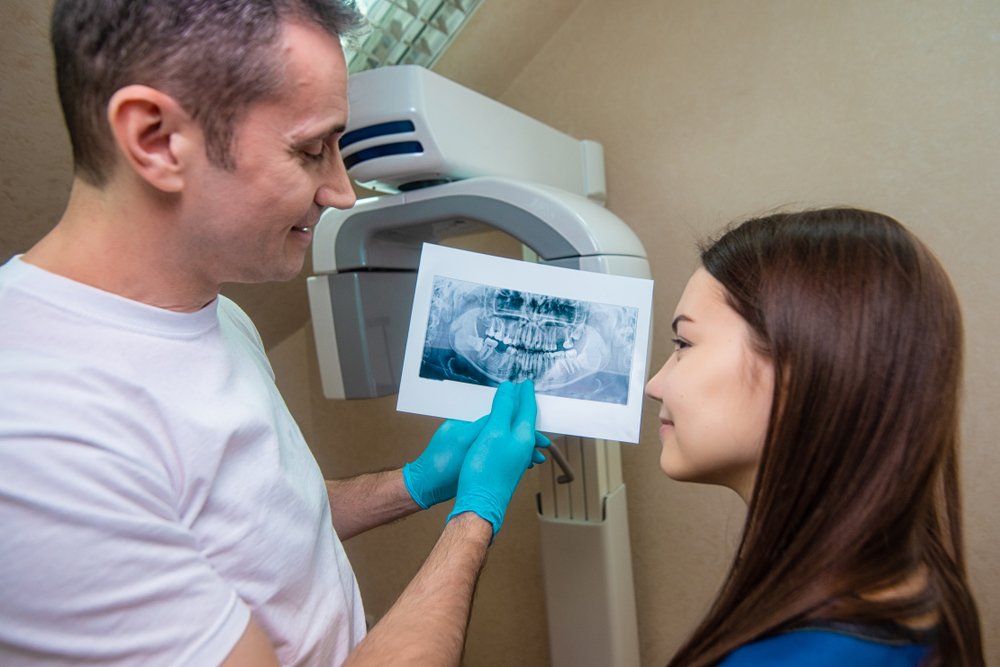Dental Technology
Dental technology has introduced innovative advancements over the last few years, making dental appointments quicker and much more thorough. Some of the laborious tasks of dentistry have been simplified and the process for several of these duties has proven more efficient. Technology has already altered our everyday lives at home and in the workplace, making it only a matter of time until modern developments changed how patients perceived a routine dental appointment. Here are the pieces of technology we have in our office.
-
Digital X-Rays
Introduced in 1987, nearly 90 years after traditional x-rays came to fruition, digital radiography combined the power of computer technology with electric sensors and tiny bursts of radiation. Rather than printing the results on film, images form almost as soon as the sensors are placed in our mouths, projecting on a computer screen. Digital x-ray technology does demand additional training for dentists, though the majority of practitioners are adamant that the advantages are worth the commitment. Today, a lot of dental offices only offer patients digital x-rays because, in multiple ways, it is the superior option to traditional radiography.
- Less Expensive | Digital x-rays will generally cost you less than the traditional alternative because the cost of film to develop images for the latter adds up. In contrast, digital x-ray imaging projects right onto our computer.
- Better Storage | Since these digital x-ray images are transferred to a computer system, it allows for easier storage of your oral health records. Your data can be transferred from one dentist to another without any medical data being lost in the exchange.
- Finer Images | Digital x-ray images produce a better resolution than their traditional counterpart. Also, old-fashioned x-rays can only project images in 25 various shades, whereas a digital image can reveal up to 256 shades of grey. Digital radiography also has the advantage of accessing more angles within our mouths, providing a streamlined view of a patient's entire oral structure. With the assistance of computer programs, dentists can even enhance the digital images further, for a focused view.
-
Intraoral Camera
Intraoral cameras are digital imaging tools that dentists utilize to create high-resolution images of your teeth and mouth. These small devices can comfortably fit in your mouth and can be maneuvered over and around your teeth. Once the images are captured, software works to piece them together to develop a digital 3-D model of your mouth. We implement these cameras for various purposes, including a single tooth that needs a restorative procedure or to capture images of soft tissues in our mouths, including our gums and soft palate. A large number of dental issues and conditions that affect our teeth and soft tissues are preventable, which is why intraoral cameras are particular helpful. Dentists can pinpoint and show patients precisely where their oral care needs to be concentrated. Intraoral cameras also limit your time in the office because the images are produced in real-time, and the outcomes are available almost immediately.
-
Dental Lasers
Diode Laser | The diode laser is useful for procedures that involve soft tissues, and are great for sterilizing endodontic canals, treating periodontal disease, and teeth whitening. It is a tool that offers a wide array of clinical treatment possibilities and is capable of great precision thanks to its portability and touchscreen controls. It has been shown to be helpful in treating challenging periodontal conditions while providing rapid healing and reduced swelling.
-
Air-flirtation (Surgically Clean Air)
We understand that staying inside can cause air to become dense. As more people filter through an area, it is common that the air quality may lack in cleanliness. Due to the constant change in temperature, a building may hold onto bacteria, mold, or illnesses. However, we have an air-filtration system, commonly known as Surgically Clean Air. It is an air cleaning process that has a six-step filtration which helps remove any harmful bacteria in the surrounding area. Our patient's health is of the utmost importance to us, which is why we have implemented this system in our office.
We are the local Broomfield dentist near you!
Feel Good Dentistry
Request Your Next Dental Appointment
We look forward to seeing you soon!
Please note, we will try our best to accommodate your schedule.
Thank you so much for contacting our dental practice. While we strive to respond to all inquiries right away, we may be away from the desk helping a patient or out of the office. We will do our best to reach back to you shortly.
Please note, if this is a dental emergency, it would be best to call our practice as this is the fastest way to reach us (720) 308-9798.
Please try again later
Broomfield Dentist
We understand that trying to find a nearby dentist you can trust is difficult, that is why we make it easy for you to work with us.
(720) 308-9798
3303 W 144th Ave, Suite 100
info@pfamilydentistry.com
Helpful Links
Dental Practice Hours
- Monday
- Closed
- Tuesday
- -
- Wednesday
- -
- Thursday
- -
- Friday
- -
- Saturday
- Closed
- Sunday
- Closed
All Rights Reserved | Petersen Family Dentistry
All Rights Reserved | Petersen Family Dentistry
Dentist Website Diagnosed, Treated, and Cured by Dr. Marketing Inc
